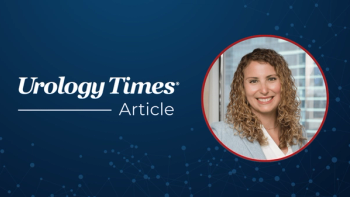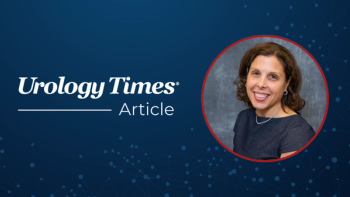
What steps can physicians take to overcome barriers to health equity?
“Things we have control over are ourselves, our care team, and to some extent, our care model,” said Sarah Candler, MD.
At the recent American College of Physicians’ 2022 Internal Medicine meeting, a panel presentation addressed the role of the individual physician in overcoming barriers to health equity.
During the presentation, titled, “The Balancing Act: Addressing Social Drivers of Health in Practice,” the panel acknowledged the frustration doctors feel when systemic barriers prevent them from providing high-quality care to all their patients; however, they also stressed the individual responsibility of the physician to do their part to break down these obstacles.
“Things we have control over are ourselves, our care team, and to some extent, our care model,” said Sarah Candler, MD, MPH, FACP, director of academic relations at One Medical in Houston.
Candler suggested doctors start by examining their own biases as evidenced in who they hire and outcome disparities among their patients. “There is evidence to show that if your care team mirrors your patient population you will have better outcomes,” she said. She also urged primary care residency programs to expose trainees to a variety of practice environments, including private, academic and community-based practices, and those using value-based payment structures. “If they only know fee-for service they’ll never see that there is another way to practice medicine,” she said.
In addition, suggested primary care doctors and practices establish preceptorships with medical schools so that students can gain experience in the field and think of primary care as a relationship-based specialty.
Joshua Liao, MD, FACP, associate chair for health systems at the University of Washington School of Medicine, noted that payment models vary in how well they address social drivers of health. Fee-for-service addresses it at best indirectly, through payments for clinical severity and payments to safety net organizations. “My sense is these are usually not sufficient to cover the needs of social drivers of health,” he said.
Some quality and value-based payment models do account for patients’ social health determinants through risk adjustment, Liao said, but that is often insufficient due to incomplete information of individual patient’s social drivers of health. “It’s hard to adjust correctly if you don’t have those data,” he noted.
In addition, he said, models that make practices accountable for costs of care has been shown to discourage them from taking on patients from racial and ethnic minorities, since they often have complex needs that are more expensive to care for.
Liao suggested that a better approach is to risk adjust based on the emerging concept of area levels of social need. “If we wait for every practice in every community to get all the data needed (to accurately adjust for risk) we will have a long time to wait,” he said.
Liao noted that the area-level data concept will be part of Medicare’s ACO REACH program scheduled for introduction at the start of 2023.It will identify patients living in areas with high levels of social need, where social drivers have an identifiable impact on health outcomes, and ties those directly to financial benchmarks.
“What that means is, physicians get paid more for taking care of people from these areas,” he explained. “It represents that we’re moving in a direction that acknowledges that the social and lived environment matters, and we need to account for that in how we pay clinicians.”
This article originally appeared on the site
Newsletter
Stay current with the latest urology news and practice-changing insights — sign up now for the essential updates every urologist needs.


















